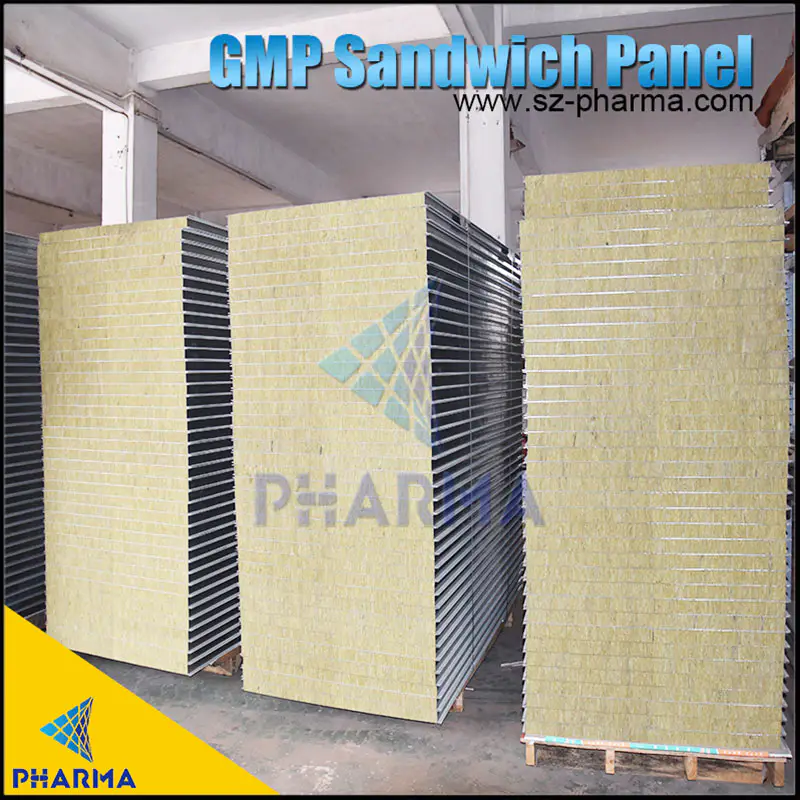The Role of Clean Room Panels in Controlling Airborne Contaminants

Clean room wall panels play a crucial role in controlling airborne contaminants within a controlled environment. In industries such as pharmaceuticals, biotechnology, electronics, and aerospace, maintaining a clean and sterile environment is of utmost importance to ensure product quality and safety.
Creating a Barrier
One of the primary functions of clean room panels is to create a barrier between the outside environment and the controlled space within the clean room. These panels are designed to prevent the ingress of contaminants such as dust, bacteria, and other particulates that could compromise the integrity of the products being manufactured or processed in the clean room.

Material Construction
Clean room panels are typically constructed using materials that are non-porous and easy to clean, such as stainless steel, aluminum, or composite materials. These materials are chosen not only for their durability and resistance to corrosion, but also for their ability to maintain a clean and sterile surface that is free of cracks, crevices, and seams where contaminants could accumulate.
Controlling Airflow
In addition to creating a physical barrier to prevent the entry of contaminants, clean room panels also play a key role in controlling the airflow within the clean room. Proper ventilation and air filtration are essential for maintaining a clean and sterile environment, as airborne contaminants can easily be transported by the air and deposited on surfaces within the clean room.
Advanced HVAC Systems
Clean room panels are equipped with advanced HVAC systems that regulate the airflow, humidity, and temperature within the clean room. These systems are designed to ensure that air is constantly being filtered and circulated, removing any contaminants and maintaining a controlled environment that meets the required cleanliness standards.

Leak-Proof and Airtight Design
Furthermore, clean room panels are also designed to be leak-proof and airtight, preventing the escape of any contaminants that may be generated within the clean room itself. This is particularly important in industries where toxic chemicals or hazardous materials are being used, as any leaks or breaches in the clean room panels could pose a serious risk to the health and safety of workers within the facility.
Conclusion
Overall, clean room panels are essential components of a clean room facility, playing a critical role in controlling airborne contaminants and maintaining a sterile environment. By following regulatory standards for Good Manufacturing Practices (GMP) and ensuring that clean room panels are properly installed, maintained, and monitored, industries can ensure that their products are produced in a safe and clean environment that meets the highest quality standards.
- Industry
- Art
- Causes
- Crafts
- Dance
- Drinks
- Film
- Fitness
- Food
- Games
- Gardening
- Health
- Home
- Literature
- Music
- Networking
- Other
- Party
- Religion
- Shopping
- Sports
- Theater
- Wellness
- News


